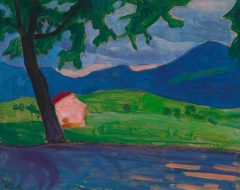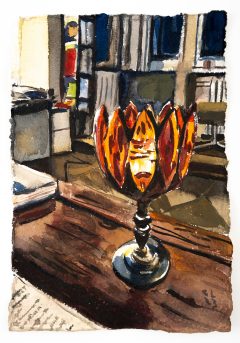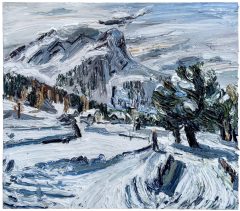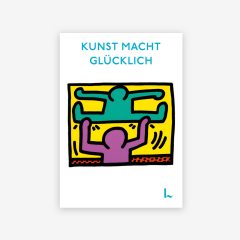Michelangelo Pistoletto
Michelangelo Pistoletto (b. 1933 in Biella) is one of the leading figures of Italian Arte Povera. He first rose to prominence in the 1960s with his Mirror Paintings—figurative silkscreens on polished stainless steel that incorporate the viewer’s reflection into the image. With this simple yet powerful technique, Pistoletto overturned traditional notions of pictorial space and placed the role of the viewer at the center of the work. In the mid-1960s, he created the Oggetti in meno (Minus Objects), a series of seemingly casual sculptures made from everyday materials. These works are now considered a key moment in the development of Arte Povera—not only because of their use of humble materials, but more significantly because they rejected the idea of coherent bodies of work, stylistic consistency, or a fixed artistic signature. Over the following decades, Pistoletto increasingly expanded his practice into social and performative realms. Beginning in 1968, he developed Il Zoo, an open studio format that brought together artists, musicians, actors, and visitors in collaborative action. In 1998, he founded Cittadellarte in his hometown of Biella—a laboratory for artistic practice in dialogue with politics, education, economics, and ecology. Pistoletto has participated in the Venice Biennale on numerous occasions and was awarded the Golden Lion for Lifetime Achievement in 2003. His works are held in major international collections, including the Museum of Modern Art in New York, the Centre Pompidou in Paris, and Tate Modern in London.
- Prices include German VAT. Exclusive of shipping costs for delivery to the European Union. All prices are subject to change and availability. Change region and currency




